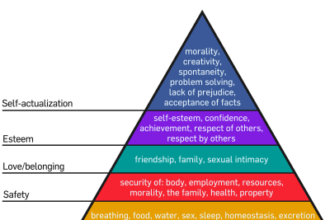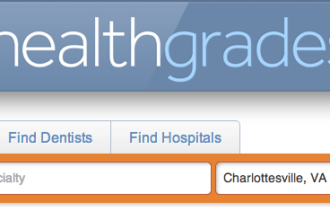As the importance of digital advertising continues to grow within the medical industry, marketers must ensure that their campaigns remain in compliance with HIPAA regulations. In light of the evolving patient path to treatment, digital advertising is fast becoming the marketing tactic of choice for medical professionals across the industry. But as hospitals and medical practices scramble to keep pace with their competitors and roll out digital campaigns, there are a number of important considerations that must be taken into account — namely, marketers must ensure that their ads are in compliance with HIPAA regulations.
Staying in the Clear
HIPAA provisions for digital marketing are designed to protect patient confidentiality and satisfy the Privacy Rule, according to the HHS. As CEO of Futures of Palm Beach told Forbes, “Complete patient anonymity is key. Once marketers understand that, they can plan their campaigns accordingly.” Marketers must either avoid using information that could identify a patient, known as protected health information (PHI); obtain written authorization for its use from the patient; or completely anonymize such data by removing identifiers from 18 categories, as UC Berkley describes, including:
- Names
- Geographic Identifiers (county, city, addresses, zip code, etc.)
- Dates (admission date, birth year, etc.)
- Administrative Details (health plan numbers, driver’s license number, etc.)
- Biometric Identifiers (photos, fingerprints, voice prints, etc.)
Naturally, there are a multitude of ways that patients can be identified online (which may not be covered by these 18 categories), so marketers must exercise caution when developing patient-generated marketing initiatives, such as a real-life success story or endorsement, for example. Of course, privacy violations are not the only opportunity for medical marketers to run afoul of HIPAA regulations. As Digital Guardian notes, providers and marketers must also comply with the Security Rule, which mandates that electronically stored or sent PHI is protected from data breaches, leaks, and unwanted disclosures. While this provision is primarily aimed at providers, marketers must also ensure that any protected information stored in their systems is secured at all times.
Cover Your Bases
While some hospitals, physicians, and medical marketers try to tiptoe around specific HIPAA provisions, such as PHI, it’s often easiest to avoid the issue altogether by drafting content that attracts patients without introducing potentially fraught information. For instance, marketers can provide generic health advice or tips, comment on the state of the industry, or provide educational resources, without the inclusion of patient-specific information. Taking this safer route may be preferable to the punishment for violating HIPAA — a potential fine of $50,000 per violation, as WebPT notes. Equally important is that every member of your marketing team be thoroughly trained in HIPAA regulations, with specific guidelines in place for your individual medical organization. Likewise, if you’re interested in enlisting the services of a third-party marketing vendor, make sure that they’re HIPAA certified. Most commonly, violations stem from a lack of experience or confusion surrounding the nuanced rules and regulations. So while HIPAA may seem daunting, a well-informed approach is the key to avoiding compliance issues.








